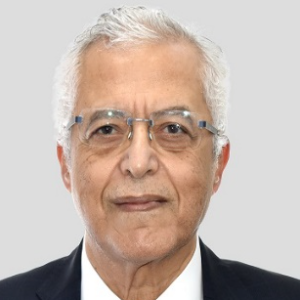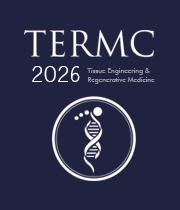Bioartificial Organs
Despite breakthroughs in interventional, pharmacological, and surgical therapy, organ failure remains the top cause of death worldwide. Since then, beyond human memory, bioartificial organ manufacturing has been a long-term goal. Man-made organs may, in the not-too-distant future, save the lives of people whose kidneys, pancreas, or lungs are failing. The design, modification, growth, and maintenance of living tissues implanted in natural or synthetic scaffolds to enable them to execute complicated biochemical activities, such as adaptive regulation and the replacement of regular living tissues, are all part of bioartificial organs. Healthy human cells (produced from organ tissue discarded during surgery) and biomaterials are used to construct bioartificial organs. A bioartificial kidney, for example, is constructed from kidney cells that have been cleverly linked to a ′membrane, ′ a porous capillary built from artificial polymer fibre. When human plasma is pushed via this tube, it reaches the kidney cells, which detect and eliminate toxins. In vitro, this bioartificial kidney can filter and cleanse blood, simulating the function of a real, healthy kidney. Future research will move away from the trial-and-error approach to implant optimization and toward the rational manufacturing of precisely formed nano biological devices.

Nagy Habib
Imperial College London, United Kingdom
Lucie Bacakova
Institute of Physiology of the Czech Academy of Sciences, Czech Republic



Title : AI-integrated high-throughput tissue-chip for space-based biomanufacturing applications
Kunal Mitra, Florida Tech, United States
Title : Stem cell technologies to integrate biodesign related tissue engineering within the frame of cell based regenerative medicine: towards the preventive therapeutic and rehabilitative resources and benefits
Sergey Suchkov, N.D. Zelinskii Institute for Organic Chemistry of the Russian Academy of Sciences, Russian Federation
Title : In vitro evaluation of lyophilized Dedifferentiated Fat cells (DFAT) impregnated artificial dermis
Kazutaka Soejima, Nihon University, School of Medicine, Japan
Title :
Nagy Habib, Imperial College London, United Kingdom
Title :
Alexander Seifalian, Nanotechnology & Regenerative Medicine Commercialisation Centre, United Kingdom
Title : The regenerative medicine of the future
Marco Polettini, DVM, Italy